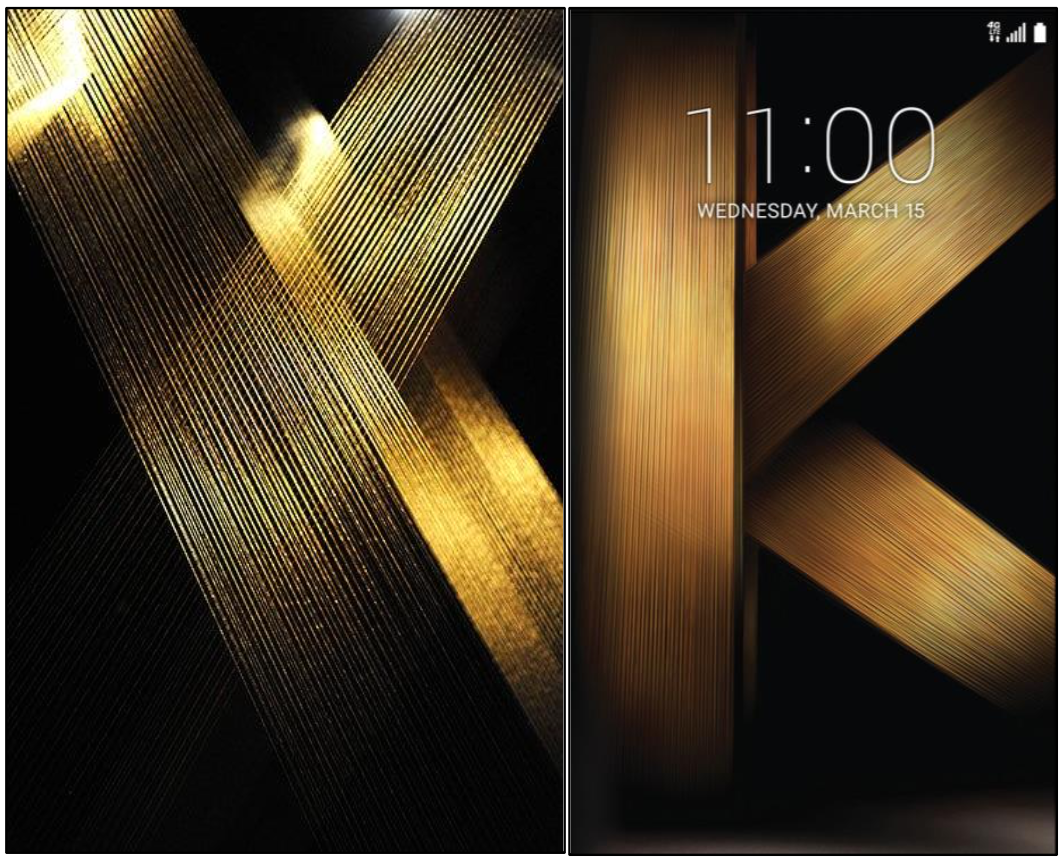
The daughter of the Brazilian artist Lygia Pape has filed a copyright infringement suit against the Korean electronics manufacturer LG alleging that the company unlawfully used the late artist’s work to package and promote a mobile device, despite being repeatedly denied the right to do so by the artist’s estate.
The work in question, Tteia 1, C (2003), an installation of metalized thread that stretches across a darkened room, is currently on view in the artist’s retrospective at New York’s Met Breuer, which closes this weekend. Wallpaper for the smartphone LG K20 V contains an image of a very similar-looking derivative of the installation.
“That LG and others stole her work for their crass commercial purposes is not only against the law, it is an affront, an ugly reminder that enormous corporations such as LG believe themselves beyond the law,” Paula Pape, the executor of Lygia Pape’s estate and copyright holder of the artist’s work, told Bloomberg, which first reported the story. “They can steal now and pay later from their profits.”
Pape says the association in charge of overseeing her mother’s work repeatedly denied LG’s requests to reproduce the installation. She filed the complaint in New York’s Southern District Court on June 29.
Lygia Pape’s Ttetia 1, C (2003). Photo: Courtesy of the Metropolitan Museum of Art, New York.
Pape says her mother largely eschewed commercial success to pursue a social agenda through her art, an objective that made her a target of Brazil’s brutal military dictatorship, which imprisoned and tortured her. As a result, the lawsuit argues, the unauthorized commercial exploitation of her work is not only a violation of her principles as an artist, but also damaging to her reputation and thus the market for her work.
Pape’s daughter is seeking damages for the copyright violation and has asked the court to prevent the sale of the infringing mobile phone, halt the unauthorized distribution of the artist’s work, and destroy all copies of the derivative work.
Pape’s attorney John Cahill told artnet News that he’s never seen such brazen use of an artist’s image by a multinational corporation after being told not to use it.
“Money really doesn’t repair the damage that is done to a work of fine art when it’s associated with a commercial use because it spoils the image of a work of fine art in the minds of the viewers,” he said. “The artist didn’t even have gallery representation until much later in her career, she was a socially progressive artist. She and her daughter said, ‘We don’t want your money, we don’t want you using the artwork,’ and this company has used it anyway.”
LG’s lawyer John Mancini of Meyer Brown LLP did not immediately respond to a request for comment.